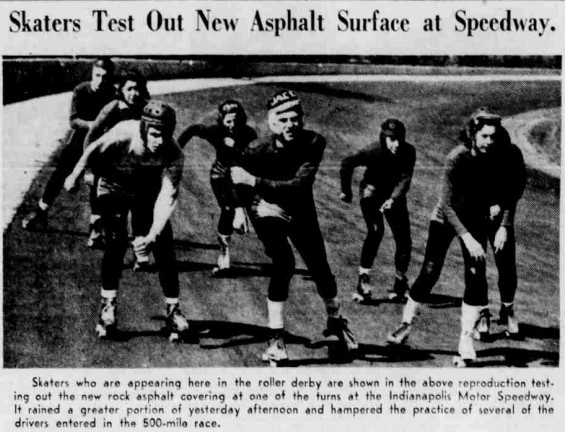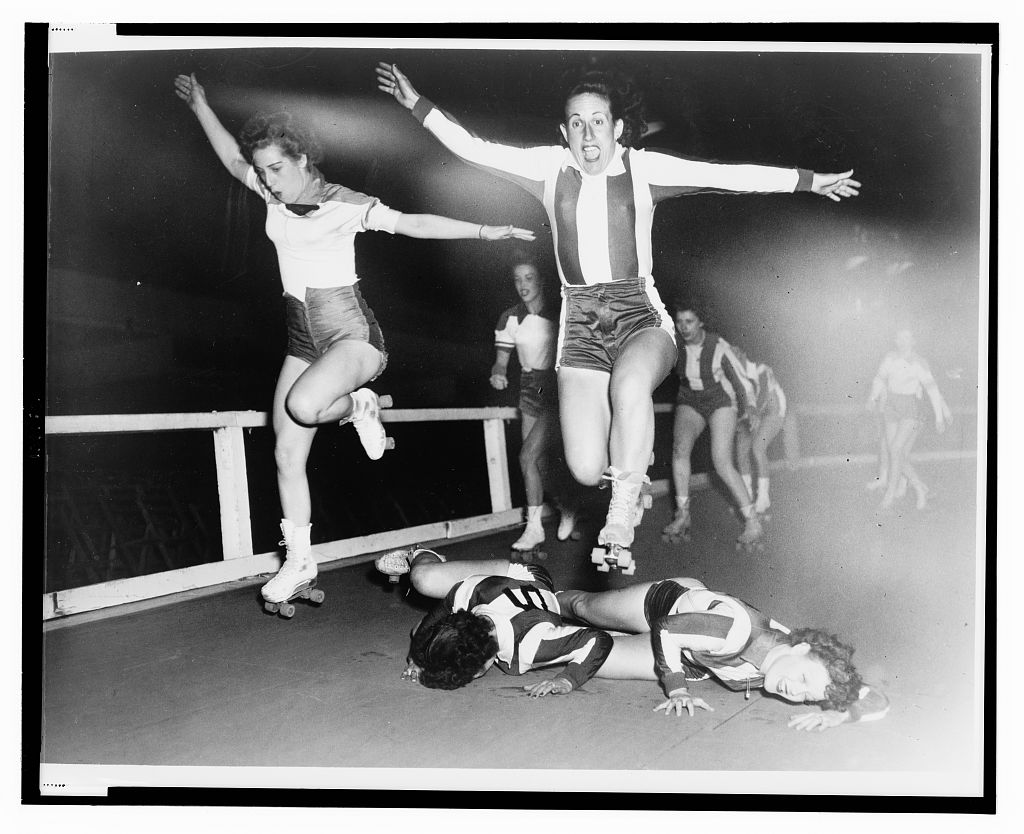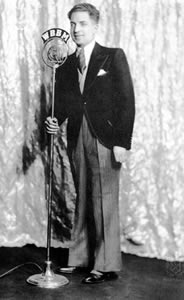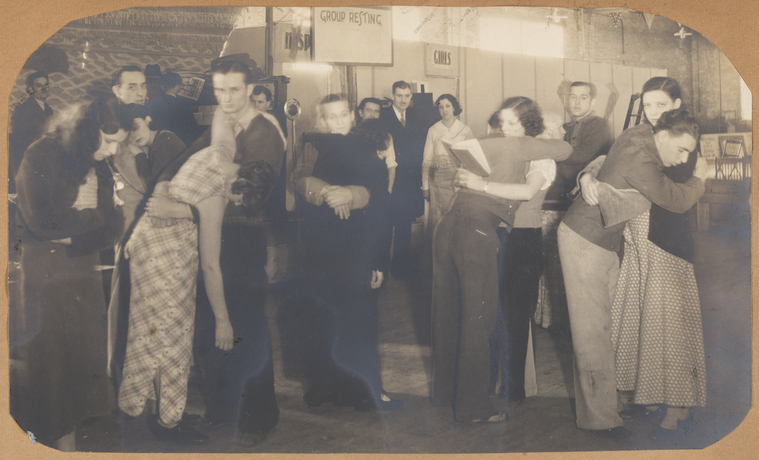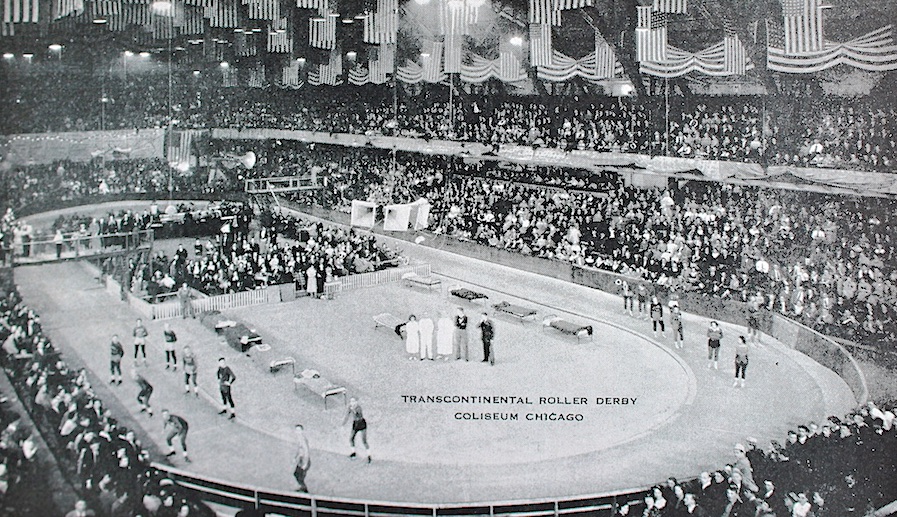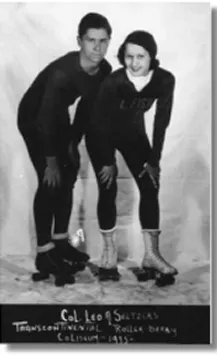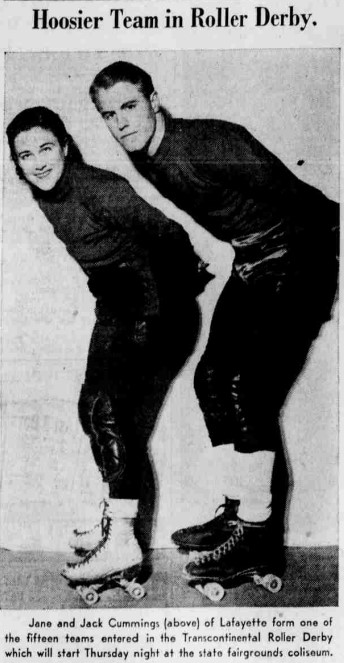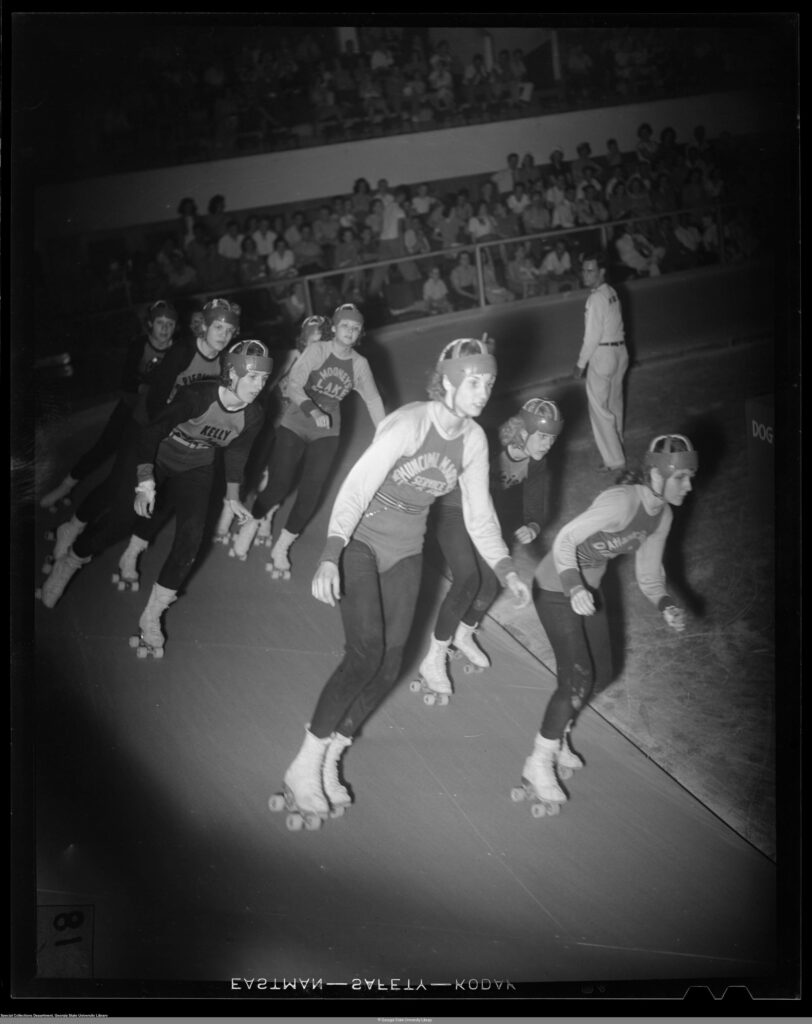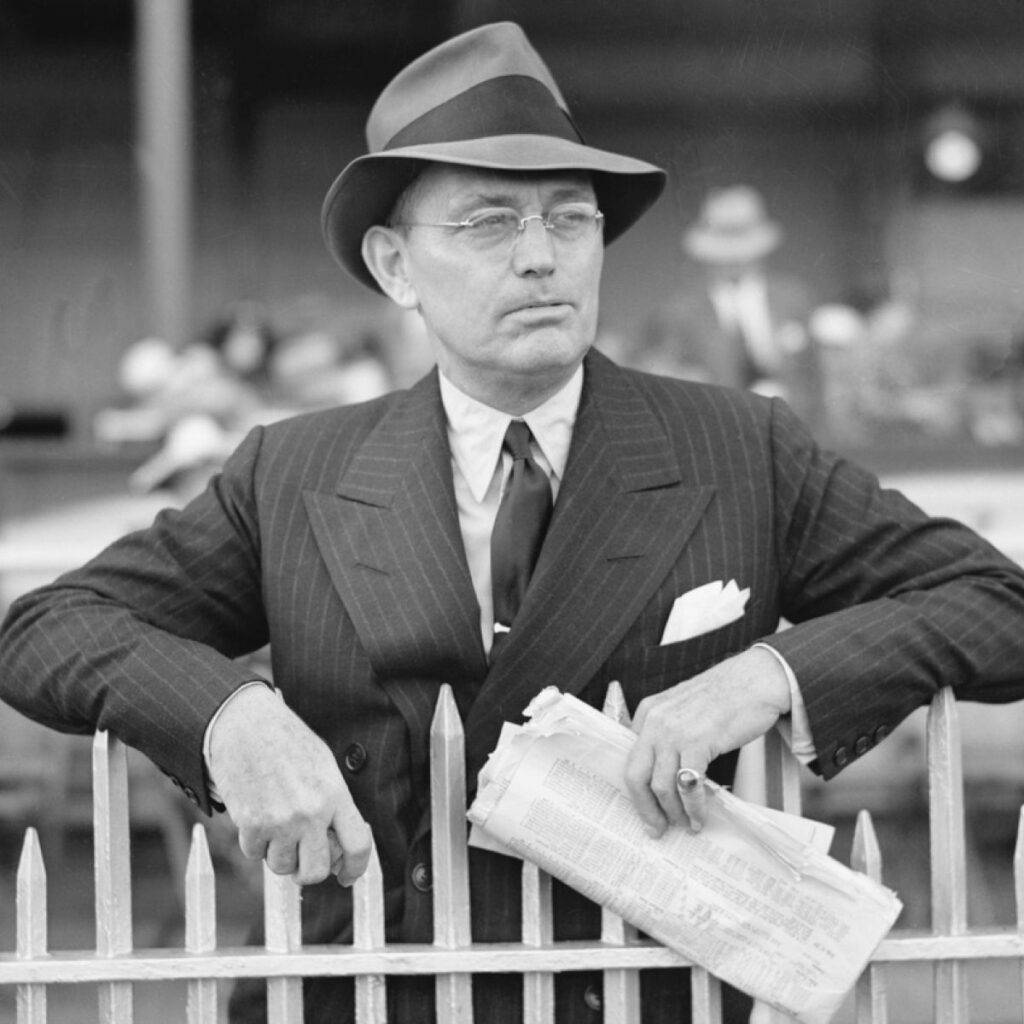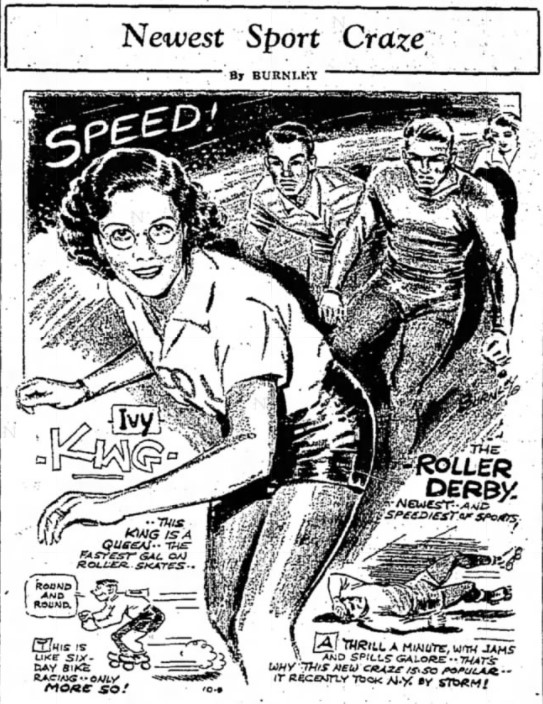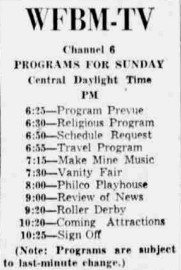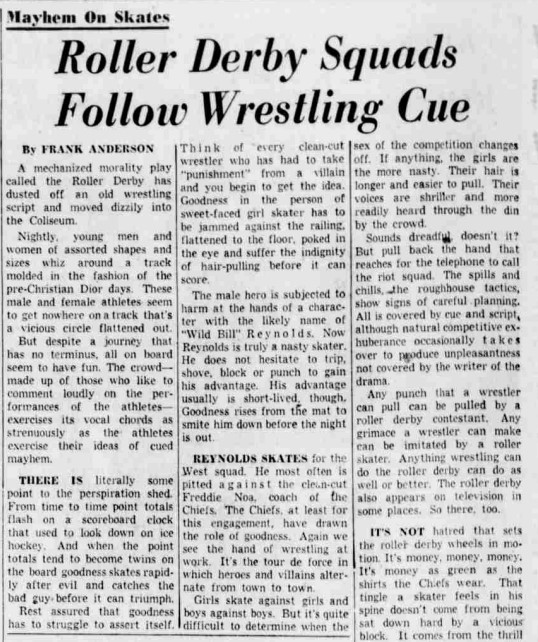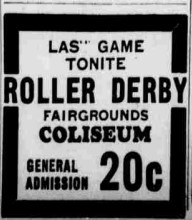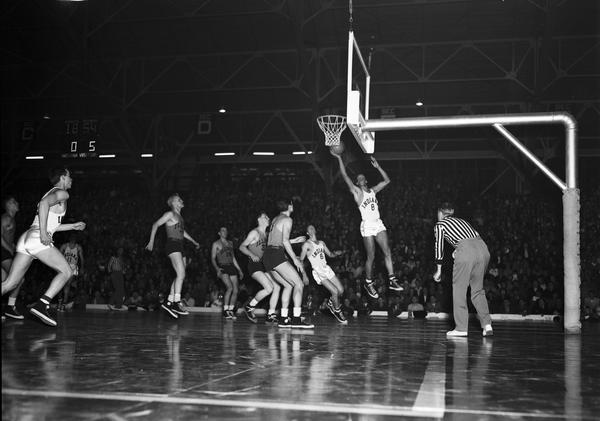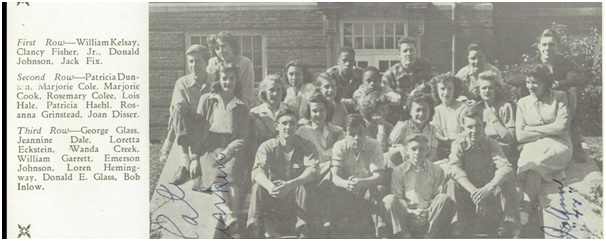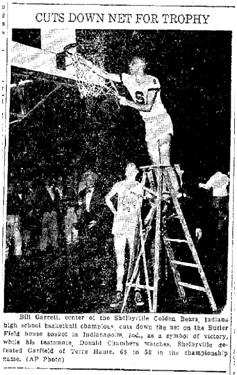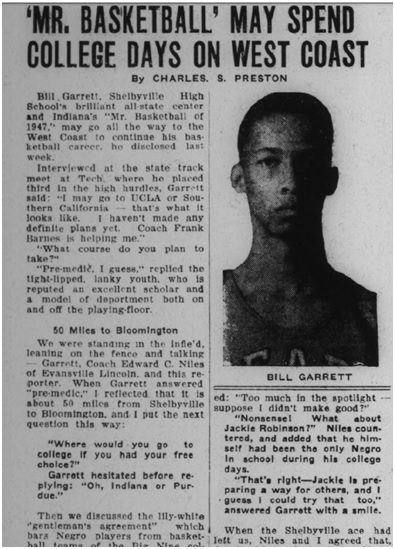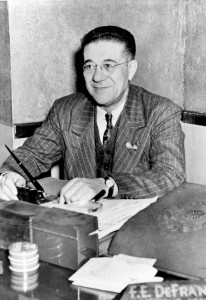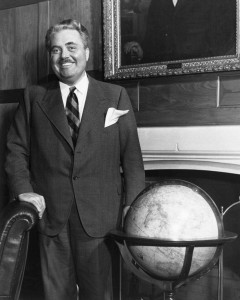
Boxing holds a revered place in the history of American life. From Jack Johnson and Rocky Marciano to Muhammad Ali, the sport has captivated audiences and broken barriers. One boxer who did just that was Ray Bronson, known as the “Indianapolis Pugilist.” Starting his boxing career in his teens, Bronson fought in 81 matches, with 48 wins and 22 Knock-Outs. His skill in the ring took him all over the world, from Sydney to London, where he was one of the first American boxers to fight abroad. Later in life, he cultivated upstart boxers, acting as their manager, and worked to promote the sport. Bronson’s name has largely been forgotten by sports aficionados, but his mark on boxing remains.

Ray Bronson was born on August 2, 1887 in Webster City, Iowa. As an article in the May 1912 issue of Horseshoers’ Magazine wrote, “When Ray was just a little kid he was thrown upon his own resources.” He lived in Indianapolis by 1900, as noted in the Census, and before he was a boxer, he was a horseshoer. Working as an apprentice to Indianapolis “horsehoer” (or farrier) Dennis Egan, young Bronson learned his craft as well as built up his physique. Within six months on the job, it was said that “there was never a horse too frisky for Ray to shoe.” He belonged to the International Journeymen Horseshoers and served as the Vice-President of its local lodge 24 until 1906. After that, the boxing gig took off.

He began his boxing career in 1905, as a seventeen-year-old kid, and racked up wins almost immediately. As the Indianapolis News wrote on February 21, 1905, “Young Bronson made a splendid showing in the first preliminary of four rounds. His opponent was Billy Hinkle. Bronson had the better of each of the rounds, in which there was hardly an idle moment, and easily won the decision.” A month later he fought Jimmy Casey to a draw, where he was willing to “rough it with his smaller opponent” but couldn’t secure a clear victory.

Nevertheless, Bronson was on his way to becoming one of the country’s most capable fighters. About a year later, in another article in the Indianapolis News, Bronson’s budding prowess was described in detail:
Bronson apparently has all the requisites of a successful fighter. He has appeared in almost every boxing entertainment held in this city during the last two years, and has nearly always won by the knockout route. He can weigh in at 120 pounds. A blacksmith by profession, he is as strong as a bull and has hands like a heavyweight. Although there has been a great deal of boxing in this city, the good fighters that have been developed are extremely rare.
Bronson’s victory against Willie Riley in 1906 at the Empire Theater in Indianapolis cemented the newspaper’s opinion of the upstart boxer. In another editorial, Bronson was described as “all muscle and bone” and lauded for his defeat of Tommy Grant, which took him only “one minute and fifty seconds.” He “appears to be most promising candidate for high pugilistic honors this city [Indianapolis] has produced in a long time.”

After continued success in the ring, Bronson went professional in 1909. When he didn’t knock them out or win by points, Bronson came out of matches with a draw. On January 22, 1909, Bronson fought Jimmy Dunn in ten rounds that resulted in said draw. “Dunn seemed heavier and his work in the earlier rounds gave promise . . .,” reported the Hammond Times, “. . . But Bronson was the aggressor all the way.” A match later that month caused a stir among the boxing world. Ollie Chill, “an ex-prize fighter and umpire[],” posed as “Julius Stein” and let Bronson knock him out in one round in exchange for “considerable money” in Atlanta, Georgia. While evidence suggests that Bronson was aware of Chill’s motives, since he fought to a draw against the real Julius Stein in three separate matches, it nonetheless gave the young Indianapolis fighter one of his more peculiar wins.

In February of 1909, Bronson suffered one of his first major defeats, when he was knocked out by Freddie Welsh in the thirteenth round of “what was to have been a twenty round bout before the West Side Athletic Club” in New Orleans. However, he bounced back with a victory against Jack Redmond and a strong bout against Packey McFarland that ended in a draw decision. As the Hammond Times concluded, “For fifteen rounds, Bronson had a shade the better of the bout, and had it ended at the close of the tenth victory would have gone to the Indianapolis man.” Over the next year, Bronson continued to rack up victories, including a knock-out victory against Tommy O’Keefe, and even opened his own boxing club in Indianapolis.

While Ray Bronson enjoyed success in boxing here at home, it was his fights abroad that gave him his renowned reputation as well as his legacy. In the fall of 1910, boxing promoter Hugh D. McIntosh organized a group of boxers to travel to Australia for an extended campaign. Bronson was one of these boxers, alongside such well-known names as Packey McFarland, Jimmy Clabby (also from Indiana—Hammond), and Billy Papke. They left for Australia in September on the steamer Zealandia, arriving in Honolulu, Hawaii for a brief resupply, before their final leg to the land down under. They landed in Brisbane, Australia on October 2, 1910. Upon his arrival, the Sydney Sun declared Bronson the “most promising of the coming lightweights.”

In many respects, they would be quite right. Of the six bouts during his 1910-11 Australian tour, Bronson only lost one. Of the other five, there were three knock-outs and two won on points. His first match against Tommy Jones ended with a points victory, with Bronson doing “most of the forcing, using the right hand mainly to the body.” His next victory came via points against Sydney’s Sid Sullivan. The Sydney Referee referred to the match’s attendance as “possibly the biggest crowd attracted to the Stadium so far this season” and that Bronson’s style was “high-pressure,” but “chivalrous.” He secured his first knock-out win against Frank Thorn, in a match so intense, that Thorn actually broke his arm in the third round.

His only defeat came at the hands of Hughie Mehegan, then lightweight champion of Australia, likely the result of his physical condition, which was described by the press as “drawn and pocky around the face, his eyes [were] sunk deeply, and a plainly visible black ring [shown] under both ribs.” Nevertheless, he “staved off serious trouble, and remained on his feet until the end,” losing only by points. His final two bouts, against Arthur Douglas and Jim Armstrong, ended with knock-out victories for the Indianapolis lightweight. Before returning home, he had a final overseas bout in London, England, fighting against Sid Burns at the Olympia. He would have won this fight had it not been for a foul called in the eighteenth round against him. Nevertheless, he returned home to a hero’s welcome, having cemented his place in the boxing world.

Within a year after coming home from Australia, Bronson achieved his greatest boxing triumph on February 22, 1912, winning the welterweight championship in Indianapolis by defeating “Young” Erne, a veteran fighter from Philadelphia. Despite their similar weights, the match-up wasn’t exactly even. Erne was “three years older than Bronson, three inches taller, and has been in the ring five years longer,” wrote the Indianapolis Star, while this was Bronson’s first fight in the welterweight division.
They fought the full ten rounds, with Bronson and Erne swapping the points lead nearly every round. As the Star wrote, “It was an exhibition of boxing that kept the fans on edge every step of the way, and they both cut out a pace that was so fast it was difficult to follow their lightning exchanges.” In the ninth round, Bronson clinched his victory, wailing away on Erne and landing so many hits that his point lead became insurmountable, and by the tenth round, he was the victor.
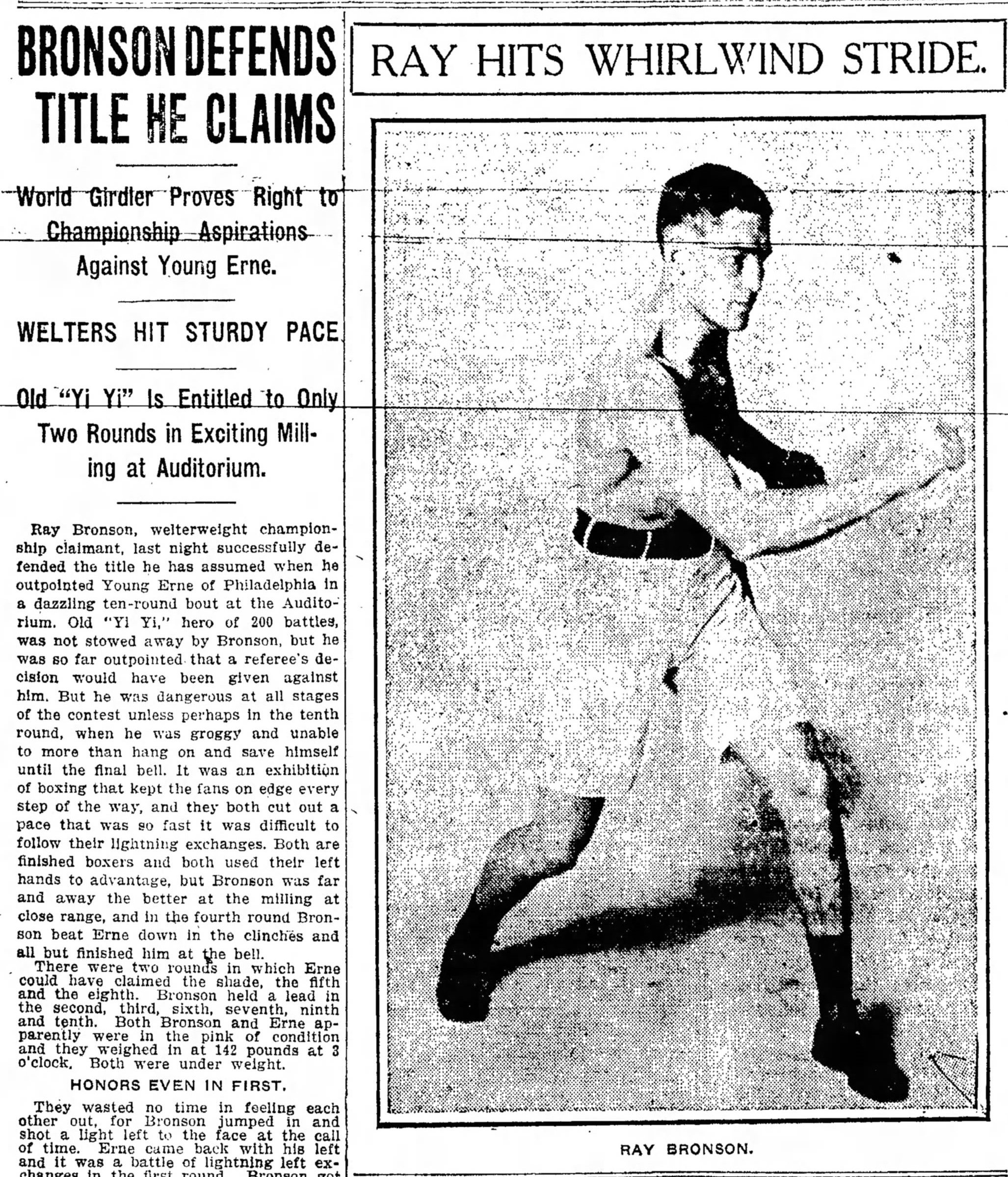
That same year, he fought career rival Packey McFarland again, to a capacity crowd during the week of the Indianapolis 500. While they fought to what amounted to a draw, McFarland was given a slight points edge and awarded the victory. The Indianapolis News reported that Bronson “did not put up his usual exhibition of good boxing, and about his only damage was done at infighting and at close range.”


This was the beginning of Bronson’s decline as a professional boxer; he would never again stack up wins as he did before he held the championship. He lost the welterweight title on January 13, 1913 against Spike Kelly in Memphis, Tennessee and continued to have lackluster showings against Tommy Howell and Hillard Lang, despite Bronson holding his own in the latter match until the eighth round. He even returned to Australia in 1914 to try recapture his former edge, but to no avail. His first match against Waldemar Holberg on New Year’s Day 1914 in Melbourne ended in defeat, with Bronson taking most of the damage during twenty rounds. His second match against Frank Picato was especially disappointing. As the Sydney Referee reported, “Neither Ray Bronson nor Frank Picato was in condition to do justice to his reputation,” and “at one stay the galleryites counted both men out.” His final match in Australia against Matt Wells on February 28, 1914 ended in defeat, with Wells knocking him out in the seventh round. His days as a prime boxer were over.


However, with endings come beginnings, and Bronson reconfigured his career with the same determination outside of the ring as he had shown in. On a personal level, he finally settled down. Bronson married Marguerite Ryan on June 26, 1913, and as the Hammond Times noted, “Bronson has done well financially in the fighting game and will probably devote himself to business interests with which he is now connected.” In 1914, he began devoting more of his energies to managing boxers. As the Tacoma Times reported, “Ray Bronson, Indianapolis welterweight champion, [is] now managing Milburn Saylor. . . and has a number of crack battlers under his wing. . . .” Saylor became one of Bronson’s key fighters during his years as a manager. Under Bronson’s wing, Saylor had many victories, including a knockout of New York fighter Leach Cross and a ten round romp against Jimmy Murphy.


In 1916, Bronson started managing young Philadelphian Jack McCarron, a middleweight who “started fighting in 1909 and has never been knocked out.” McCarron also had a slew of wins under Bronson’s management, including his “lacing” of Joe Borrell, noted as “one of the fastest bouts ever staged here” by the Indianapolis News. He also gained victories against Silent Martin and Tommy Burke, with the latter bout being “the worst lacing that the blond haired boy [Burke] ever received.” Managing and promoting boxers became Bronson’s second life within the sport and continued to provide him with a generous income. However, as the Indianapolis News editorialized, Bronson “believes the boxing game is getting into the seer and yellow,” and that boxing’s key fighters should treat it as a “business” rather than “side-show attractions.” It is interesting to contemplate what Bronson would have thought of the sport’s big-time spectacle today, given his opinion in 1916.

Despite all his success as a manager, he wanted to try fighting one more time. On September 7, 1920, after nearly six years out of the ring, Bronson fought Jack Britton in Cedar Point, Ohio. The Indianapolis News’s coverage of the bout wasn’t kind to the veteran boxer:
Jack Britton, welterweight champion, jogged along to an easy victory over Ray Bronson who essayed a comeback after six years out of the ring.
Bronson apparently lasted the full ten rounds through generosity of Britton, who toyed with his opponent throughout the fight and never appeared to be in danger. In a statement, the champion claimed he could have knocked Bronson out in the first round, had he been so disposed.
His comeback was short-lived. Within a month, Bronson announced his formal retirement from boxing. As the Collyer’s Eye in Chicago reported, “Ray Bronson, welterweight, has retired from boxing to devote his time to managing football and basketball teams and promoting bouts.” While his name did appear on a boxing card in 1922, according to the Richmond Palladium, it is unclear whether he was there as a manager or fighter. Either way, Ray Bronson’s boxing career was finally done.

After his retirement, Bronson’s story is rather difficult to piece together. By the 1920s, he was living in Portage, Ohio in a boarding house with his wife, according to Census Records. He then apparently moved to Jacksonville, Florida by 1935; he also applied for Social Security in 1942. Based on secondary sources, as well as a listing in the Florida death index, Ray Bronson died in 1948. His cause of death or exact date are currently unknown. For a man so widely covered in the national and international press, his death is ironically elusive.
With a “young man’s clean-cut face” and a “horseshoe punch,” Ray Bronson rocked the boxing world during the early 20th century. His considerable wins, international bouts, and successful management of other boxers put him a cut above most fighters. He was also a Hoosier, with a Midwestern work ethic and dedication to clean living, that buttressed his success in and out of the ring. As the Horseshoer’s Magazine wrote in 1912, “The Horseshoer’s Union may well be proud of this boy, for every one [sic] in Indianapolis is.”


